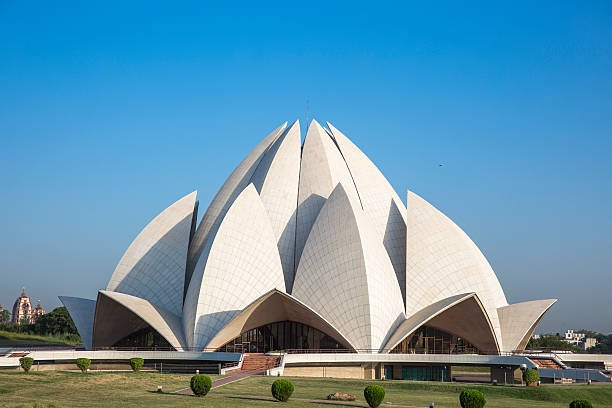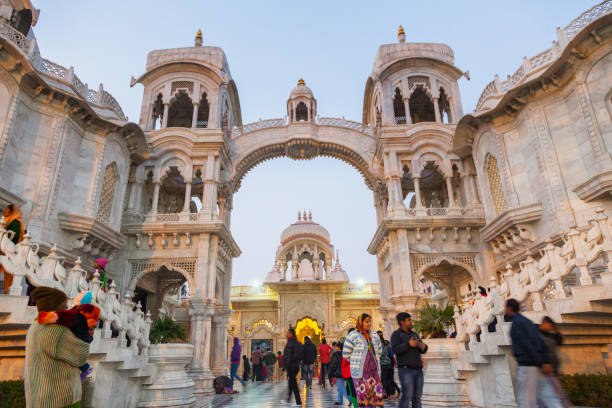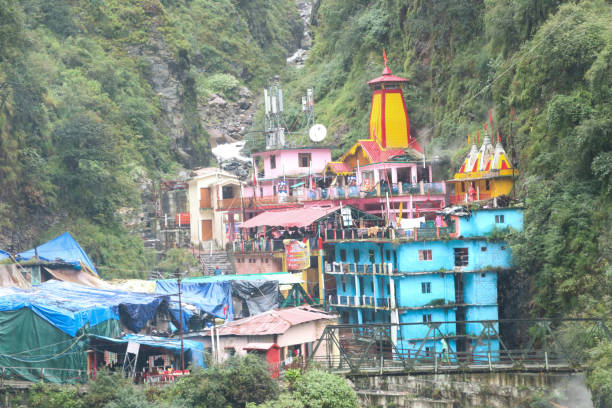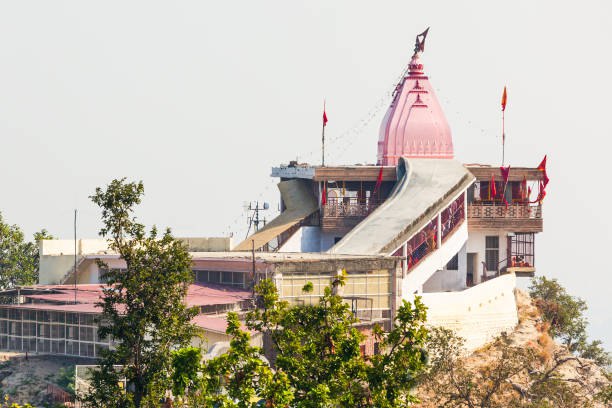Amid the vibrant and bustling streets of Delhi, the Lotus Temple stands as a serene sanctuary, offering a peaceful escape from the city's hustle and noise. Famous for its breathtaking architecture and calm atmosphere, the Lotus Temple is not just a place of worship but a destination for spiritual rejuvenation. Whether you're a spiritual seeker or an inquisitive traveler, visiting this remarkable temple provides an opportunity to step away from the frantic pace of urban life and embark on a contemplative journey.
An Architectural Marvel
Designed by Iranian-American architect Fariborz Sahba, the Lotus Temple is a stunning example of contemporary architecture. Shaped like a blooming lotus flower, the structure features 27 white marble petals, creating a striking and symmetrical visual spectacle. Surrounded by lush gardens, the temple's immaculate white design contrasts beautifully with the green landscapes, making it one of the most recognizable landmarks in Delhi. The lotus petals open upwards, symbolizing purity and the universality of spirituality across all cultures and religions.
As you approach the temple, the grandeur of its design will leave you spellbound. The peaceful surroundings transport you to a world where the distractions of the city are replaced by a serene, almost sacred, sense of calm.
A Place for All Beliefs
What makes the Lotus Temple truly unique is its open-door policy, welcoming people from all religions, beliefs, and backgrounds. It is not tied to any specific faith but is a place where visitors can meditate and reflect in a serene, inclusive atmosphere. Guided by the principles of the Bahá’í Faith, the temple promotes the unity of all religions and emphasizes the importance of finding peace and harmony through spiritual understanding.
Inside, the temple's grand prayer hall can accommodate over 2,500 people. The space is deliberately void of idols or statues, reinforcing the idea that worship should focus on the connection with the divine rather than material representations. The simplicity of the hall invites visitors to reflect, meditate, or simply enjoy a quiet moment of inner peace.
Things to Experience at the Lotus Temple
- Meditate and Reflect: The Lotus Temple’s tranquil environment is perfect for meditation. Visitors are encouraged to take a seat in silence, reflect on their spiritual journey, and experience the peaceful aura that fills the space. Whether you belong to a specific faith or not, the temple provides an ideal setting for personal introspection.
- Stroll Through the Gardens: Surrounding the temple is a beautifully landscaped garden, offering a peaceful area for a leisurely walk. The lush greenery invites visitors to enjoy nature’s beauty while contemplating the calm and tranquil surroundings.
- Attend a Prayer Session: Though the temple doesn’t conduct formal religious services, you can still participate in prayer sessions held throughout the day. These sessions include readings from sacred texts and prayers in various languages, emphasizing the shared values of unity and peace across all religions.
- Visit the Bahá'í Information Center: Before entering the temple, make sure to visit the Bahá'í Information Center. It provides valuable insights into the Bahá’í Faith, its teachings, and the significance of the Lotus Temple as a place that fosters peace and unity among all people.
When to Visit
The best times to visit the Lotus Temple are early in the morning or late in the afternoon. These quieter hours allow you to fully immerse yourself in the peaceful atmosphere without the distractions of crowds. The temple is open daily from 9:00 AM to 7:00 PM, with a break between 12:30 PM and 3:00 PM.
Nearby Attractions to Explore
While you're in the vicinity, there are several other fascinating attractions in Delhi that are worth visiting:
- Humayun’s Tomb: A UNESCO World Heritage Site, this magnificent Mughal tomb is a prime example of Mughal architecture and an architectural precursor to the Taj Mahal.
- Qutub Minar: Also a UNESCO World Heritage Site, the Qutub Minar is a historic monument and the tallest brick minaret in the world.
- Dilli Haat: If you want a more cultural experience, head to Dilli Haat. It's a vibrant market where you can shop for traditional handicrafts, handlooms, and sample regional cuisines from across India.
Explore travel options for the Lotus Temple at skyroutetravel.in

 Canada
Canada
 Sri Lanka
Sri Lanka






0 comments for this post